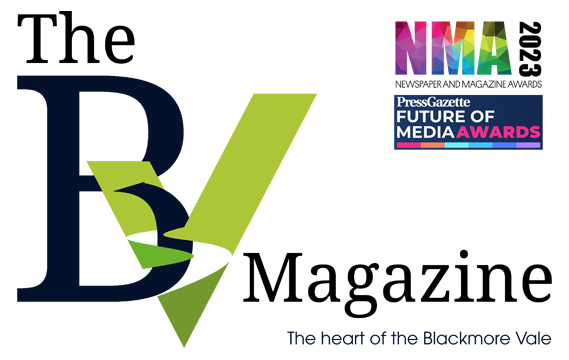Just before sunrise on 5 March, low on the south eastern horizon, search the eastern pre-
dawn sky and you’ll find tiny Mercury (now at its maximum distance from the Sun) will be
just above gas giant Jupiter. This conjunction between the Solar System’s smallest and
largest planets will occur in the constellation of Capricornus, known as the Sea Goat. You
will probably need binoculars, but be very careful using them close to sunrise! Mercury
takes just 88 Earth-days to orbit the Sun, while Jupiter takes 11.87 Earth-years.

By the 9th of March, the Moon will reach its full moon phase – look towards the south-east
in the early evening to see it. This month’s full moon will be a supermoon – in fact one
of several supermoons this year. Because the Moon’s orbit isn’t a perfect circle, its distance
from the Earth changes as it orbits the Earth. If the Moon comes within 90% of its closest
approach to the Earth and it coincides with a full moon (or a new moon) it is called a
supermoon.
Due to its closer proximity the moon can appear 14% larger and 30% brighter compared to
when it’s at its most distant. The April full moon will present the closest supermoon of this
year, and because there are no official definitions about what constitutes a supermoon,
some are counting the February and May full moons as supermoons too.
After dark on 19 March in the southwestern night sky, having drawn away from the
Pleiades, Mars will be visited by a 32%-lit crescent Moon.
Around midnight, from February all the way through to May, high in the southern night sky
you will be able to view the ‘Beehive Cluster’ which is an open star cluster about 520
lightyears distant in the constellation of Cancer, the Crab. It is one of the best-looking open
clusters of stars and one of the nearest to the Solar System. Also known as the Praesepe,
it appears as around 60 stars in a pair of binoculars, though a dozen or so really stand out.
The March equinox occurs on 20 March. It marks the first day of spring (vernal equinox) in
the Northern Hemisphere and the first day of fall or autumn (autumnal equinox) in
theSouthern Hemisphere. At the equinox, the Sun will shine directly on the equator and
there will be nearly equal amounts or hours of daylight and night throughout the world on
this day.

